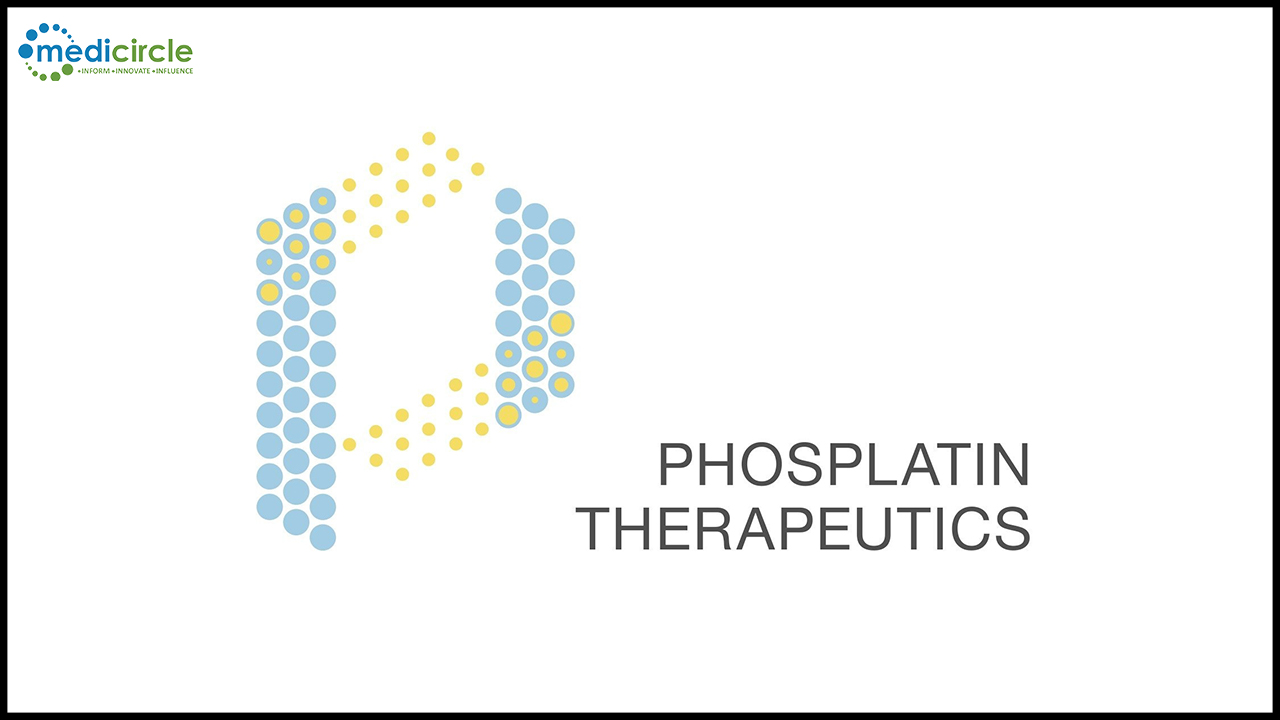Phosplatin Therapeutics LLC, a clinical stage pharmaceutical company focused on oncology drug development, announced its publication in OncoImmunology of in vitro and in vivo data demonstrating that PT-112 is a bona fide immunogenic cell death (ICD) inducer, and as a result can initiate anticancer immunity, as a monotherapy and in combination with immune checkpoint inhibition.
PT-112 causes the release of so-called damage associated molecular patterns (DAMPs), a signature of ICD, by dying cancer cells. In addition, PT-112 synergizes with immune checkpoint blockers (ICBs) in the context of superior immune infiltration. These findings are in line with preliminary clinical evidence on the use of PT-112 in patients with solid tumors, either as a monotherapy or in combination with anti-PD-L1 immune checkpoint blockade.
"As a stand-alone agent, PT-112 has been validated as a potent ICD inducer," said Lorenzo Galluzzi, PhD, Assistant Professor of Cell Biology in Radiation Oncology at Weill Cornell Medical College, and senior author of the article. "Our model systems are designed to isolate the immune effects of a given agent, and PT-112 showed positive results across all model systems deployed thus far." "We have been delighted with our collaboration with Dr. Galluzzi and his laboratory team at Weill Cornell," said Matthew R. Price, Executive Vice President & COO at Phosplatin Therapeutics. "This publication underscores PT-112's role within the emerging field of immunotherapy, and its potential as a best-in-class ICD inducer."
Along with ICD induction, PT-112 possesses a unique combination of factors, including safety in heavily pre-treated patients, single-agent activity in patients with lung cancers, prostate cancer and thymoma. In addition, the pyrophosphate component of the drug is believed to be responsible for bio-distribution that includes high drug concentrations in mineralized bone (osteotropism). PT-112's features make it a promising candidate for the treatment of cancers that frequently metastasize to bone and/or are not likely to respond to checkpoint inhibitors.
PT-112 is a novel anti-cancer agent, the first cytotoxic small molecule conjugate of pyrophosphate developed in oncology therapeutics. PT-112 promotes immunogenic cell death (ICD), or the release of damage associated molecular patterns (DAMPs) that lead to downstream immune effector cell recruitment in the tumor microenvironment. PT-112 represents a potential best-in-class small molecule inducer of this immunological form of cancer cell death. The first-in-human study of PT-112 demonstrated an attractive safety profile and evidence of long-lasting responses and tumor control among heavily pre-treated patients, and was presented at the ESMO 2018 Annual Congress, winning "Best Poster" among the Developmental Therapeutics category. The novelty of its pyrophosphate moiety also results in osteotropism, or the propensity of the drug to reach the mineralized bone. This property is of interest in cancer types that originate in bone, or frequently lead to metastatic bone involvement, such as metastatic castrate-resistant prostate cancer mCRPC. The first human clinical results in mCRPC were presented at the 2020 Genitourinary Cancers Symposium on February 13, 2020.

 Immunogenic Cell Death (ICD) Effects of PT-112 Confirmed via in vitro and in vivo Experiments. Anti-Cancer Immunity Observed Across Vaccination, Abscopal and Tumor Allograft Models
Immunogenic Cell Death (ICD) Effects of PT-112 Confirmed via in vitro and in vivo Experiments. Anti-Cancer Immunity Observed Across Vaccination, Abscopal and Tumor Allograft Models











.jpeg)

.jpeg)
.jpg)





.jpeg)





.jpeg)



.jpeg)